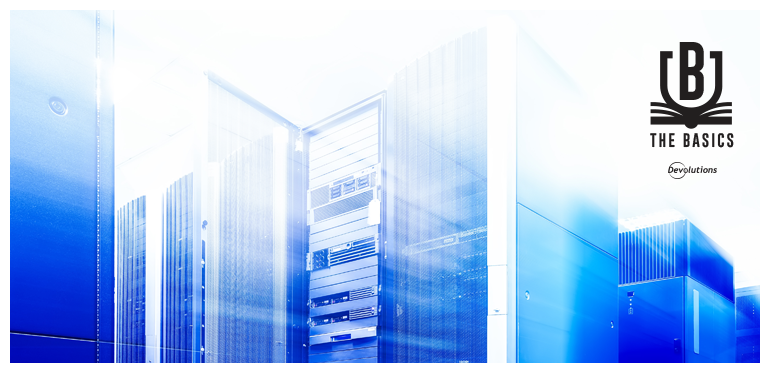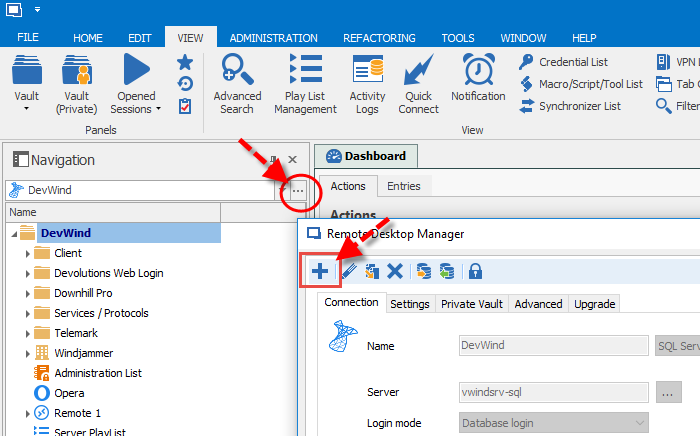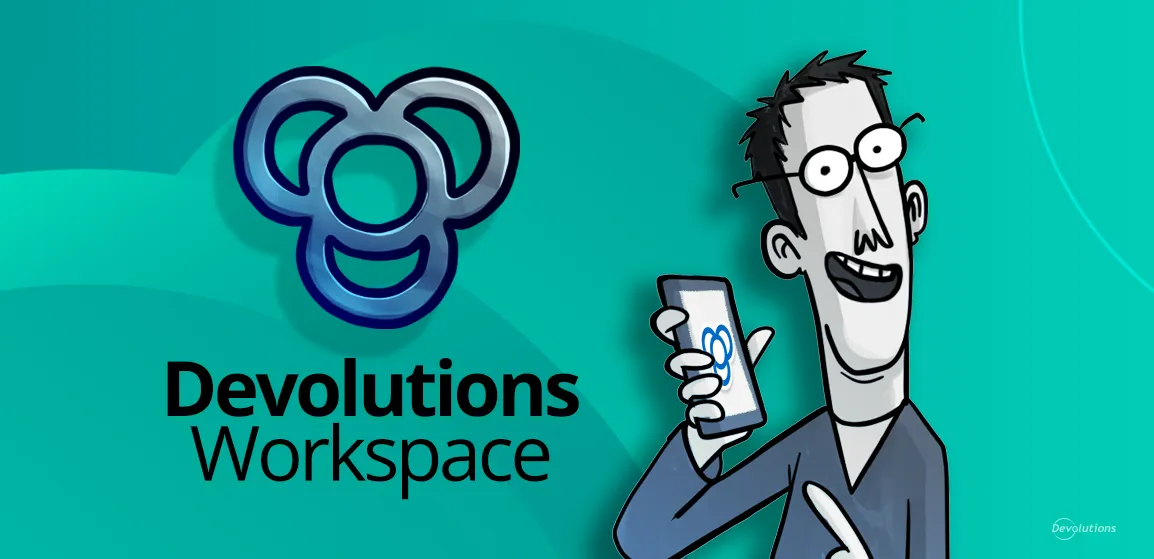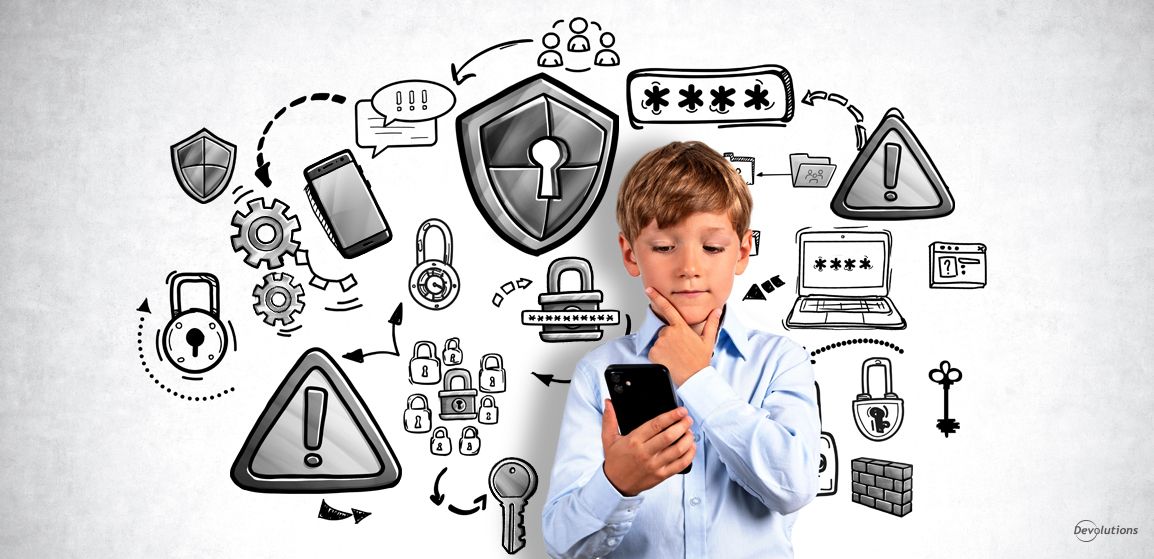Hi everyone,
As you probably know, I usually blog about new and improved RDM features. However, we don’t want to ignore those of you who are new to RDM (and for those who are thinking of giving it a try — go ahead, it’s free).
So starting today, we’re launching a new series of blogs called RDM Basics. As you can guess from the title, we’ll be looking at some of RDM’s more fundamental features and workflows. All of you Super Users who have been using RDM for a while will likely know this stuff already. But you also might learn something new — or just get a helpful refresher. Sometimes it’s easy to forget the simple things (in RDM and in life!).
The first topic in our new RDM Basics series is Data Sources. These are at the heart of RDM. Think of data sources as the container(s) that holds all of your privileged accounts, passwords, sessions and entries. Creating a New Data Source Creating a new data source is easy. Click the ellipsis (“…”) next to the data source box, and then click on the plus sign (+) to add a new one.
Individual Data Sources
RDM individual data sources are suitable for single users who want to access multiple computers, servers and machines. These data sources include: Devolutions Online Drive, Dropbox, SQLite and XML:
Devolutions Online Drive stores and synchronizes remote connections in our cloud-based repository. It’s quick, reliable, free, and there are no limitations on the number of sessions you can have.
RDM uses the Dropbox API to retrieve XML files from a configured repository. Dropbox doesn’t need to be installed on the client machine. Plus it’s free, has automatic backups, and you can share your data (in read-only mode). Similar to Devolutions Online Drive, there are no security management features or user management features.
RDM uses SQLite to store session information. It’s quick, reliable, free and offers features such as attachments, connection logs and offline mode.
RDM saves settings directly in an XML file format. There is nothing to install, backing up is easy, and XML files can be edited manually or with an external system. When you first launch RDM, it will be running from a local XML data source.
Please keep in mind that because these data sources are designed for single users, not multiple users, you will not be able to share your data (the exception is that you can share data in read-only mode when using Dropbox as your source). Also, there are no security management or user management features.
Advanced Data Sources
Advanced data sources typically run on advanced management systems, such as a Database Management System or Devolutions’ Online Services. This allows RDM to support features that are essential for working with multiple users in a team environment, such as: role-based security, user management, audit and logging, attachments, 2-Factor Authentication, and offline mode. Here’s a look at the most common advanced data sources:
Devolutions Server is a high-end security server for storing and sharing remote connections and privileged accounts. It’s designed for organizations that need to share sessions with multiple users. It can also be deployed online, and it supports Active Directory group integration along with all of RDM’s advanced features. Devolutions Server also offers a password management web application for end-users.
RDM integrates with Microsoft SQL Server to save and manage sessions and privileged accounts. It’s quick, reliable, secure, and supports all features needed to work efficiently in a multi-user environment, like clustering, log shipping and database mirroring.
RDM uses Microsoft’s cloud platform to save and manage all sessions. It’s quick and secure, and supports all advanced features, such as attachments, connection logs, offline mode and security management.
RDM uses MariaDB as a drop-in replacement for MySQL. It’s quick and reliable. Plus, the database is free and can be installed on Linux.
The Devolutions Online Database stores and shares remote connections, credentials, and sensitive information. It’s hosted by Devolutions on Windows Azure and SQL Azure. No VPN is required, and data is accessible through the web. The Basic subscription level is appropriate for small teams (up to 3 users), whereas the Professional and Enterprise subscription levels are recommended for larger teams.
The above are just some of the advanced data sources supported by RDM. Others include Amazon S3, FTP, Microsoft Access, MySQL, SFTP, Web and WebDav.
Need More Information?
If you’re new to RDM, I hope the above overview will help you add all of the data sources you need to tame the IT chaos in your world. If you need more information or support, then don’t hesitate to contact us. We’ll be glad to help!
As always, please let us know your thoughts by using the comment feature of the blog. You can also visit our forums to get help and submit feature requests, you can find them here.





